Hector and the Search for Happiness (based off a book of the same name by François Lelord) is about a man named (you guessed it) Hector, played by Simon Pegg. He is a successful psychiatrist, living in a swanky apartment in London, overlooking the Millennium Bridge. He has a beautiful girlfriend named Clara (Rosamund Pike), who works in marketing, and together they live a quiet, ordinary, predictable life. However, one day Hector comes to a realization: he is not particularly happy, and is therefore unable to help his patients to be any happier. So he decides to go on a round-the-world expedition to do “research” on what makes people happy. His misadventures include spending time in a Buddhist monastery in China, being kidnapped by a warlord in Africa, and reconnecting with an old flame in Los Angeles. Through it all, Hector jots down his notes and doodles as part of his research about happiness.
Hector and the Search for Happiness is an odd film. I mentioned self-help books earlier, and in many ways it seems like one of the endless stream of books designed to appeal to aimless housewives. Although, to be fair, it was based off a psychology book written in such a way as to appeal to a mainstream audience. The film’s messages are therefore very predictable: we get such gems as “Happiness is being loved for who you are” and “Happiness is doing something you love”. Geez, I’ve never heard any of that before. Much of the movie becomes very annoying and patronizing; the worst part is a scene where Hector’s brain is being scanned and we see his emotions color-coded on a computer screen, with a doctor looking on and waxing poetic about them looking like the Northern Lights.
But on the other hand, there are a few moments in the film which possess real feeling. When Hector is being held hostage in Africa and it looks like he’s going to be shot, the tone drastically switches to be almost overly dramatic and tense. But, it is a welcome respite from the condescending advice of the rest of the movie. And when Hector is in the Buddhist monastery, he meets a monk who gives him words of wisdom which actually sound, well wise, rather than something from the bargain bin at Barnes and Noble. It’s not enough to save the movie, but it is enough to keep it from being a total failure.
So, if you really like self-help books, then you’ll probably love this movie. Alternatively, if you love Simon Pegg, you may also enjoy this movie (for all that’s wrong with it, Simon Pegg still does a decent job). Or, if you want to see a harmless film which will advise you to do the same things your parents, therapist, and college academic advisor told you to, then go ahead. But overall, I do not believe that Hector and the Search for Happiness will not do much to make you happy at the theatre this weekend.
Grade: C-

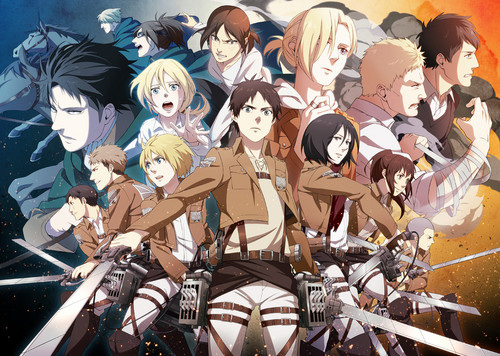
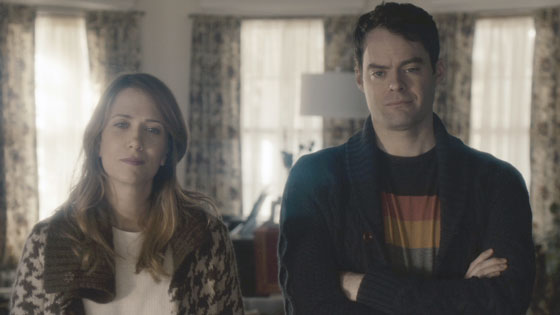
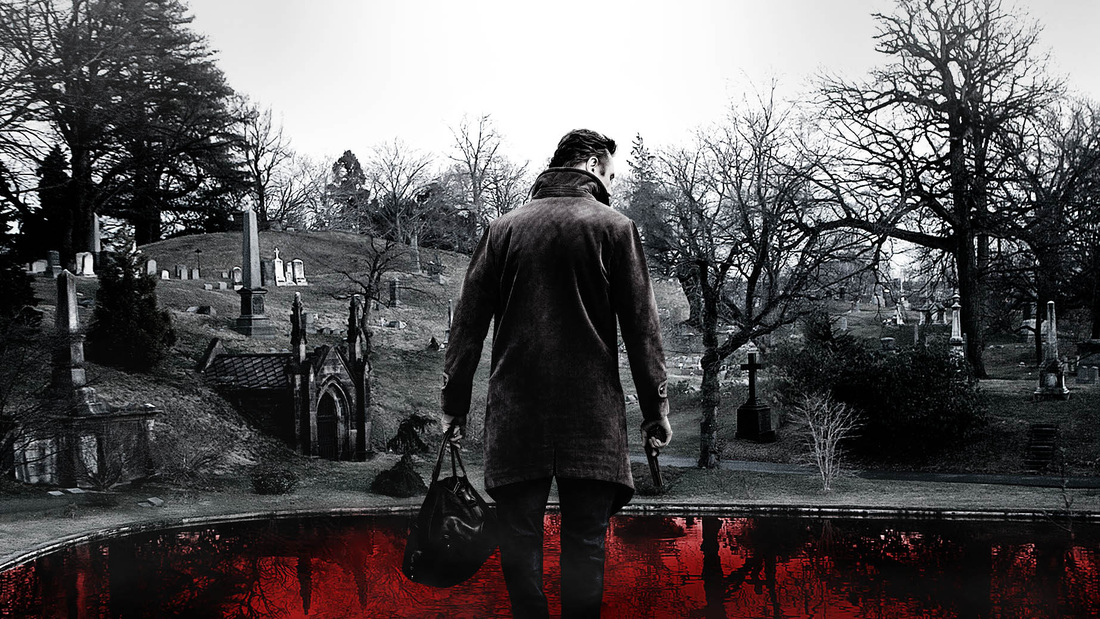
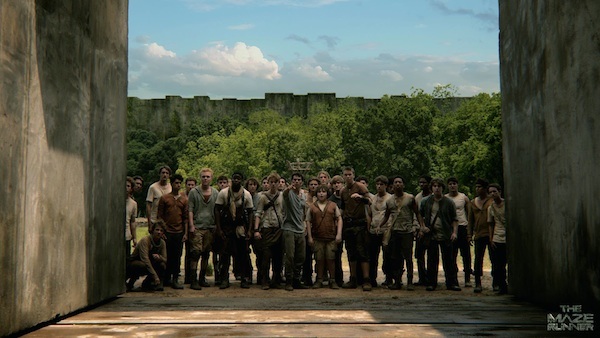

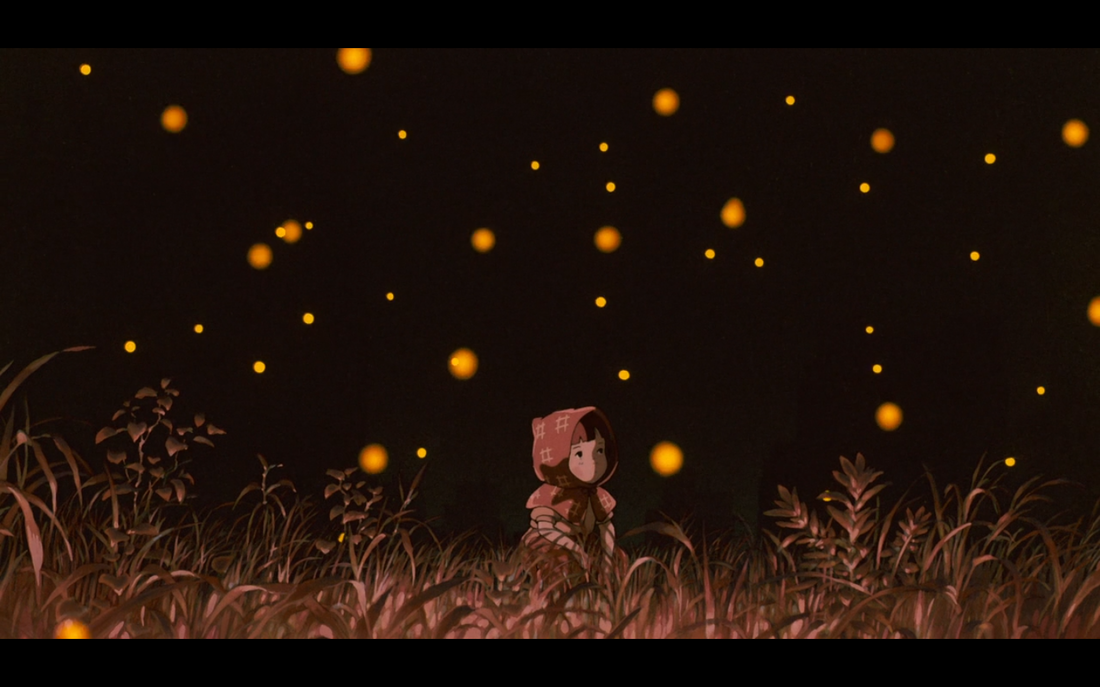
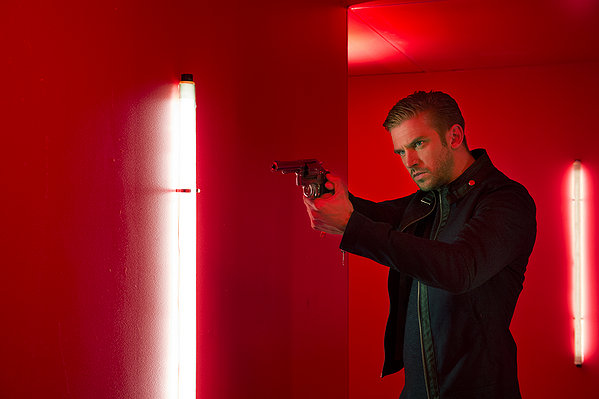
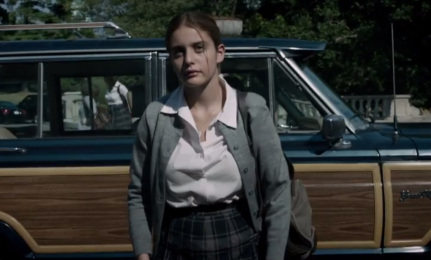
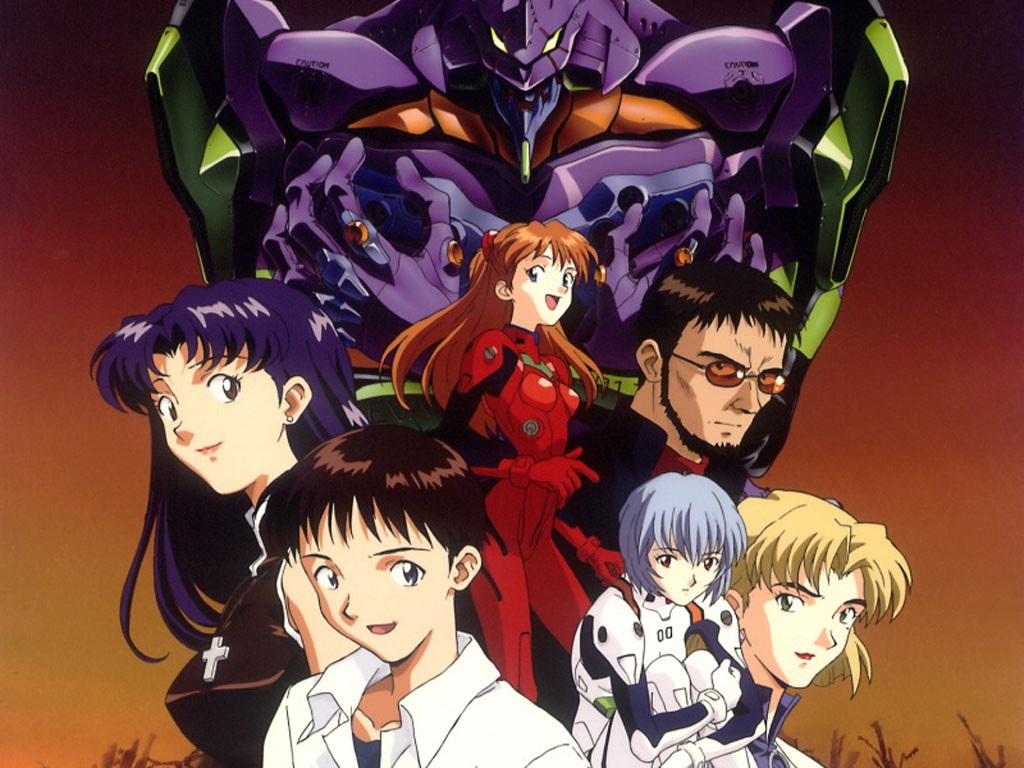
 RSS Feed
RSS Feed
